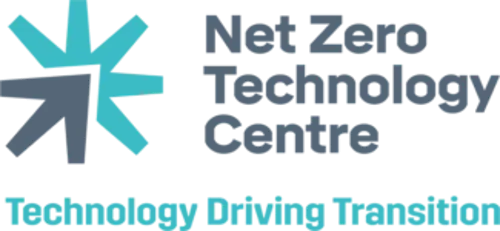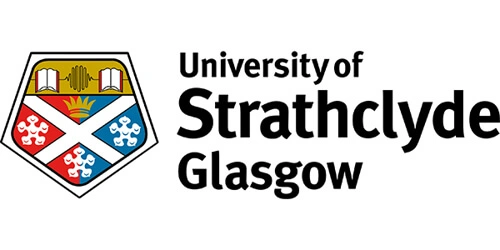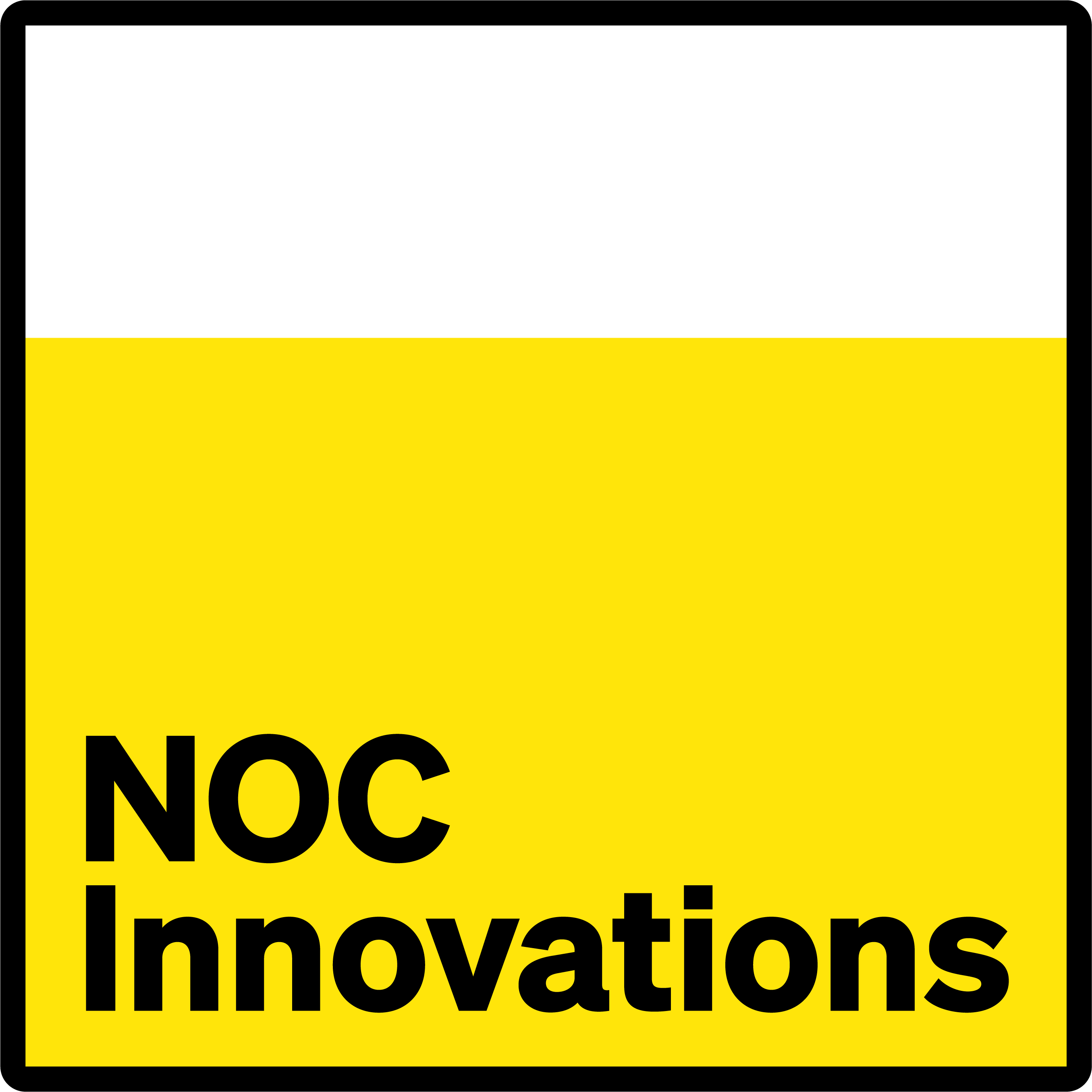The subsea industry is increasingly embracing digital twin (DT) technology to help anticipate maintenance requirements, ensuring the longevity of subsea structures, equipment and systems.
Whether to enhance safety and efficiency, reduce operating costs and maintenance time or support and extend overall asset life, digital twin technology is revolutionising the subsea industry by mirroring almost every essential facet of physical systems.
Compared to traditional reactive maintenance approaches, digital twins enable organisations to understand how proactive asset maintenance, facilitated by emerging digital technologies and data-driven decision-making, in conjunction with regulatory authorities, can reduce operating costs in a timely manner.
At present, physical offshore inspections are required every three to five years, meanwhile, the digital twin has the potential to significantly reduce this frequency through real-time predictive data modelling, structural integrity, fatigue and life cycle condition monitoring analysis.
In this article, NSC Chancellor’s Fellow, Dr Wei Zhang, explains digital twins’ crucial role in subsea maintenance and answers some of the most common questions about this growing technology.
Digital Twin Technology in Practice
Digital twin technology plays a vital role in the continuous monitoring of subsea pipelines, valves and underwater structures. It helps assess the integrity of structures, detects potential issues such as corrosion or leaks and supports decision-making for maintenance and repair activities.
Digital twin technology also facilitates remote monitoring and control of subsea operations. Operators can interact with the DT to assess real-time conditions and adjust and remotely control subsea equipment without physically being on-site.
In addition to this, digital twins can be used to simulate and assess the environmental impact of subsea activities. This includes monitoring factors such as water quality, marine life and the potential effects of subsea infrastructure on the surrounding ecosystem.
FAQ: Digital Twins
In addition to the practical examples given above, the Q&A below takes a deeper dive into some of the most frequently asked questions around digital twin technology.
What are the benefits of utilising digital twin technology?
- Enables engineers to simulate and test different scenarios before physical implementation. This can lead to better designs, reduced research and development costs and reduced resource consumption.
- Optimises workflows and monitoring of the real-time condition of physical systems. This enables predictive maintenance by identifying potential issues before they cause failures or damages, reducing maintenance costs and enhancing efficiency.
- Creates customised solutions and provides end-to-end visibility into the lifecycle of physical systems, from design and development to operation and maintenance.
- Helps in risk mitigation and strategic planning and facilitates collaboration across different teams by providing a common platform for information sharing and decision-making.
Are there different types of digital twins?
There are different types of digital twins, each tailored to specific applications. The categorisation of DT is based on their scope, purpose and the type of physical systems they represent.
Researchers describe three types of DT based on the level of data integration: (1) Digital Model, which is a digital representation of the physical object without any data exchange. (2) Digital Shadow, which includes one-way data flows from the physical object to the digital object, and (3) Digital Twin, which has bidirectional data flows. This categorisation is based only on the data integration capabilities of a DT and thus, does not identify the types of roles or the extent of automation.
Some other common types of digital twins based on the types of physical systems are product DT, process DT, building DT, biomechanical DT, city DT and earth DT.
What technologies are used for digital twins?
Digital twins leverage a combination of various modern technologies to create a digital representation of a physical system to collect and exchange data and to provide valuable insights. The choice of technologies depends on the specific requirements. Modelling and Simulation (MS), Internet of Things (IoT), Sensors, Cloud computing, Artificial Intelligence (AI), Big Data Analytics (BDA) and Extended Reality (XR) are major technologies used in DT.
MS can create 3D models of physical systems allowing for realistic simulations within the DT. IoT refers to a giant network of connected ‘‘things’’. The connection is between things–things, people–things, or people–people. Sensors are the physical devices that measure and control the variables of interest in real-world physical systems. Cloud computing refers to delivering hosted services over the Internet. AI seeks to mimic the basis of intelligence to create a new intelligent machine capable of responding like human-to-human intelligence. BDA technologies are used for processing and analysing the collected data. XR can merge the physical and virtual worlds and extend the reality we experience.
What are the limitations of digital twin technology?
The major challenges of digital twin technology are data standardisation, data management, data security and standardised modelling and simulation approaches. Implementing DT is costly, requiring significant investment in physical (e.g. sensors) and technology (e.g. software) platforms, infrastructure development, maintenance, data quality control and security solutions.
To learn more about our capabilities and the Asset Digital Twins Lab, please visit our Contact Us page and get in-touch. To discover more about how the National Subsea Centre team is solving real-world problems, view our dedicated Projects page.








